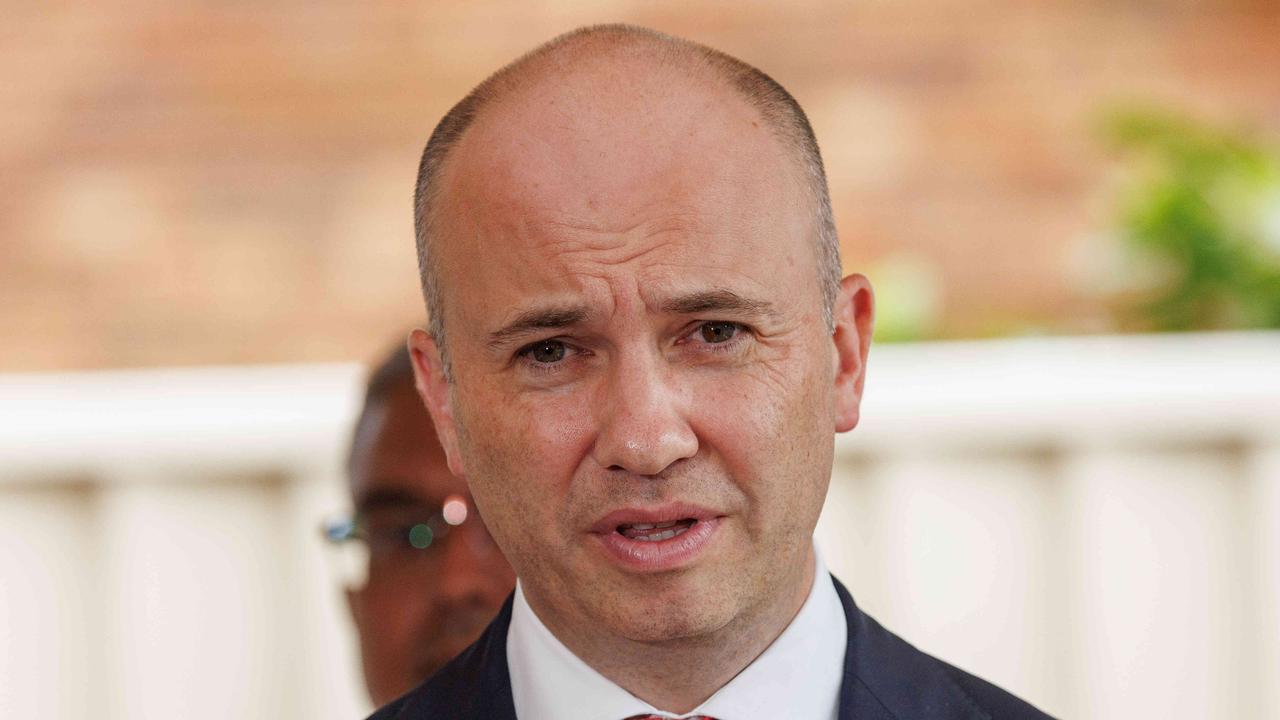Renewable energy projects will help Australia beat 2030 emissions targets
Australia will not need to use its Kyoto credits to beat its emission reduction targets, Scott Morrison says.
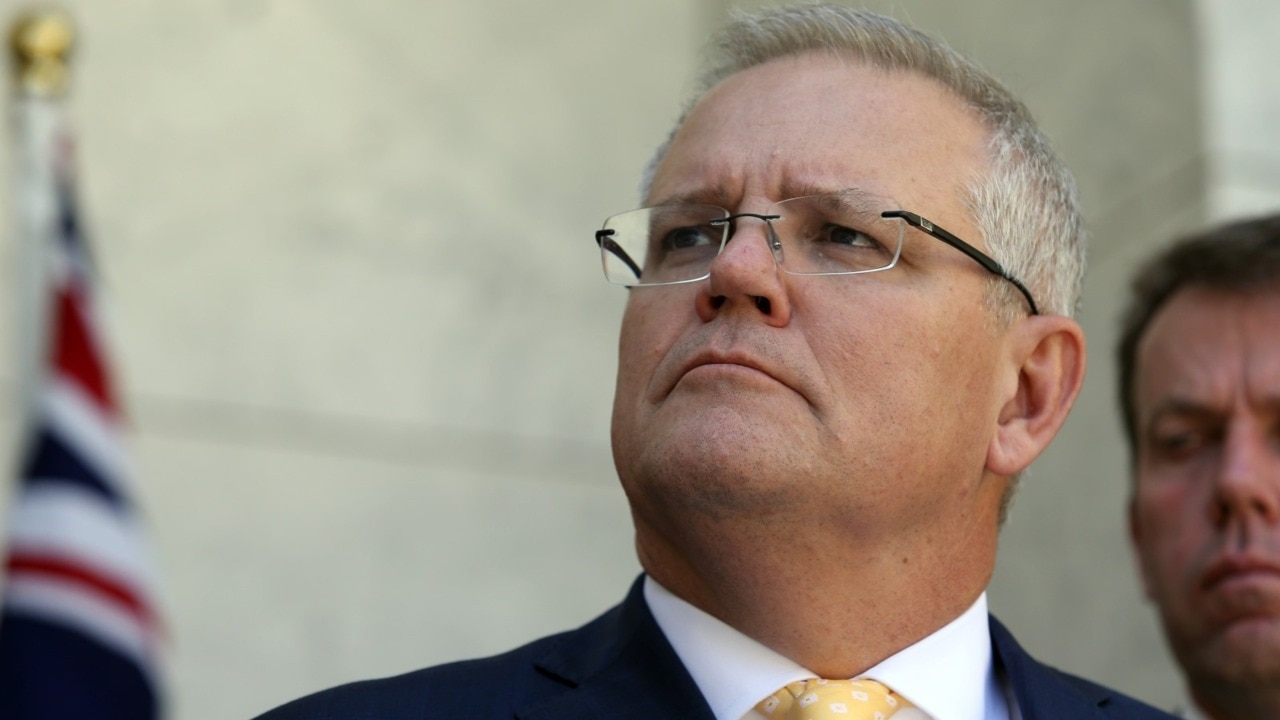
Australia will beat its 2030 emission reduction targets through several energy projects without drawing on its carbon credits, Scott Morrison says.
The Prime Minister was expected to confirm the development at a climate summit over the weekend before he was snubbed from speaking.
Speaking in Tasmania on Tuesday, Mr Morrison announced that the federal and state governments had signed a new deal that will give the green light to two energy projects.
They include a 1500MW capacity Marinus Link interconnector between Tasmania and Victoria, and a pumped hydro site.
“This project will be contributing to Australia achieving and beating our 2030 emissions reduction targets, without even having to draw on our carbon credits, which Australia rightfully earned through our overachievement of the Kyoto commitments,” Mr Morrison said.
“This is a key part of our plan along with Snowy Hydro, up on the mainland.
“This is how you reduce emissions.”
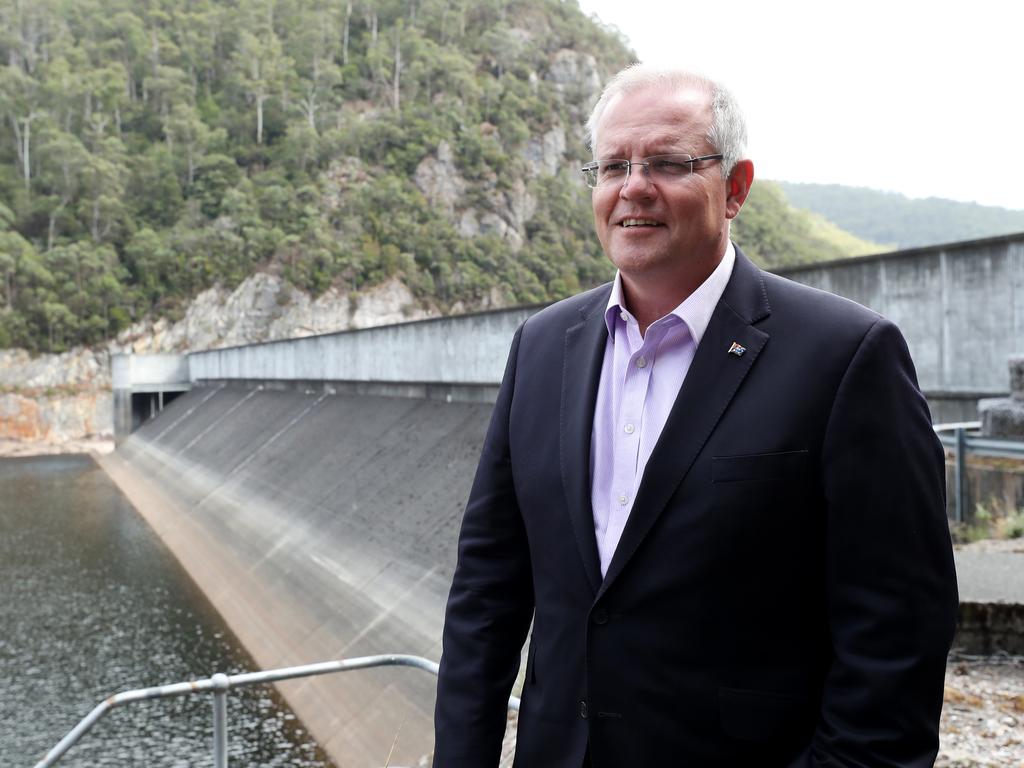
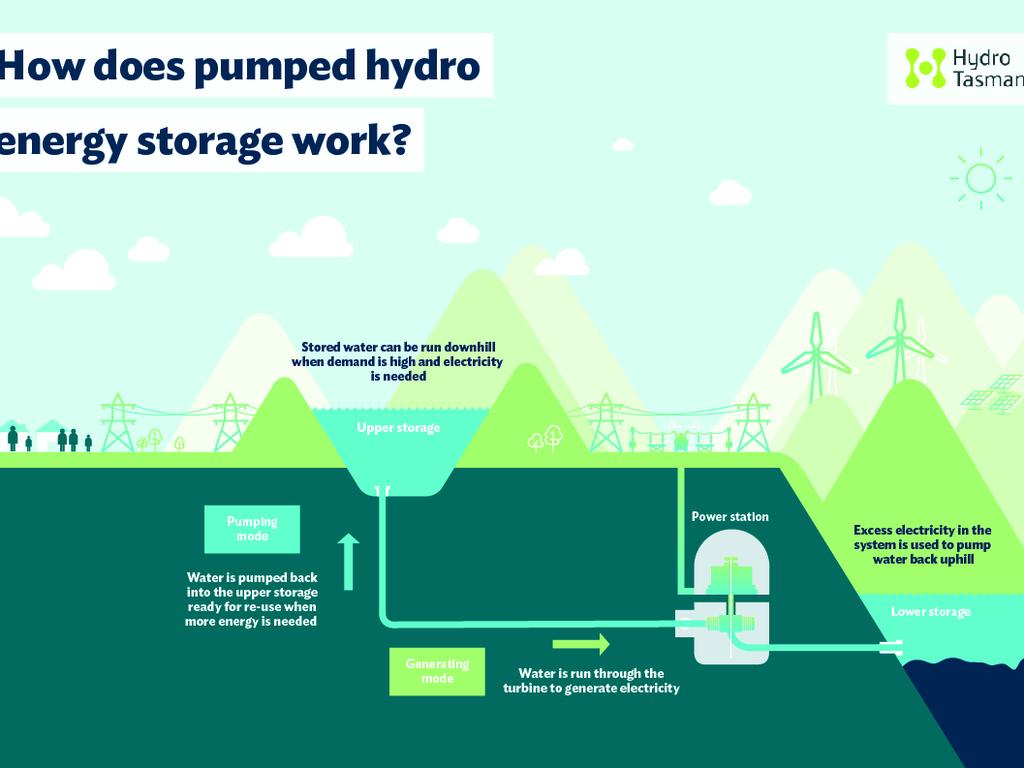
Under the new agreement, the Morrison government will contribute a further $93.9m for the Marinus Link project.
They have also agreed to progress the underwriting of a $650m pumped hydro project at Tarraleah, titled “Battery of the Nation”.
“Marinus Link will provide the additional interconnection needed to export the electricity generated by the Battery of the Nation projects to the mainland,” Energy Minister Angus Taylor said.
“It will unlock a pipeline of new renewable energy investment, including pumped hydro energy storage.”
A corporation joint-owned by the Commonwealth and Tasmania has also been established to keep the Marinus Link project going until a final decision is made on investment.
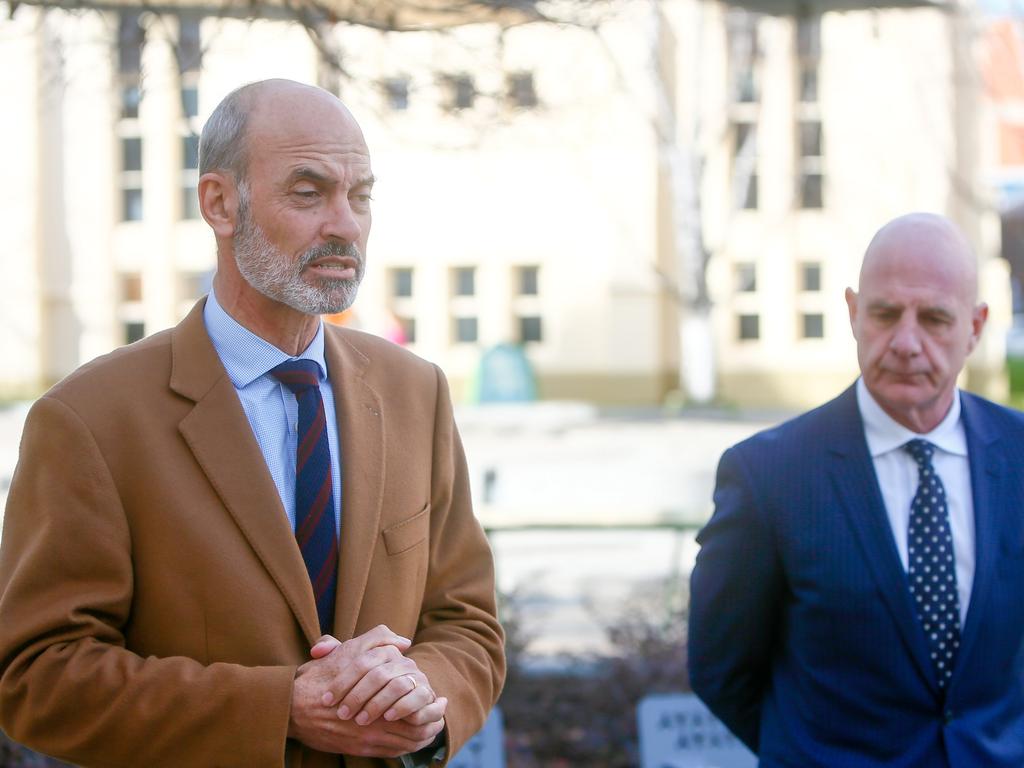
RELATED China more worrying than climate: Joyce
The projects are expected to create 2800 jobs which will be vital to the state’s recovery from the COVID-19 pandemic.
Tasmanian Premier Peter Gutwein said the memorandum of understanding between the state and federal governments would unlock more than $7 billion in economic activity.
“It will help us achieve our target to double our renewable generation to 200 per cent of our current needs by 2040,” he said.
State Energy Minister Guy Barnett said increased energy interconnection between mainland Australia and Tasmania would improve energy security and put downward pressure on power prices.




